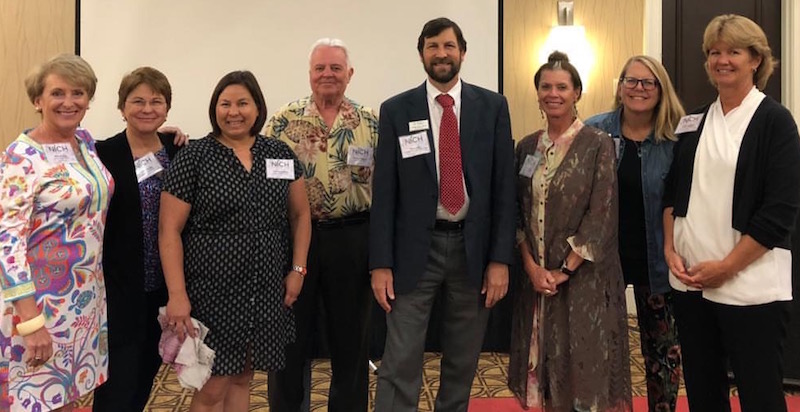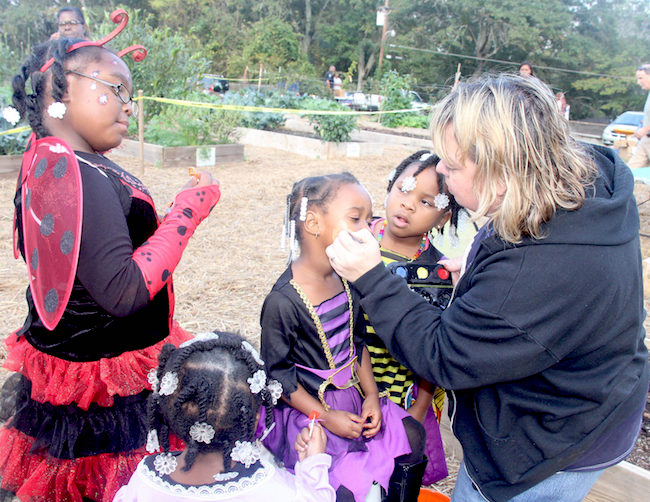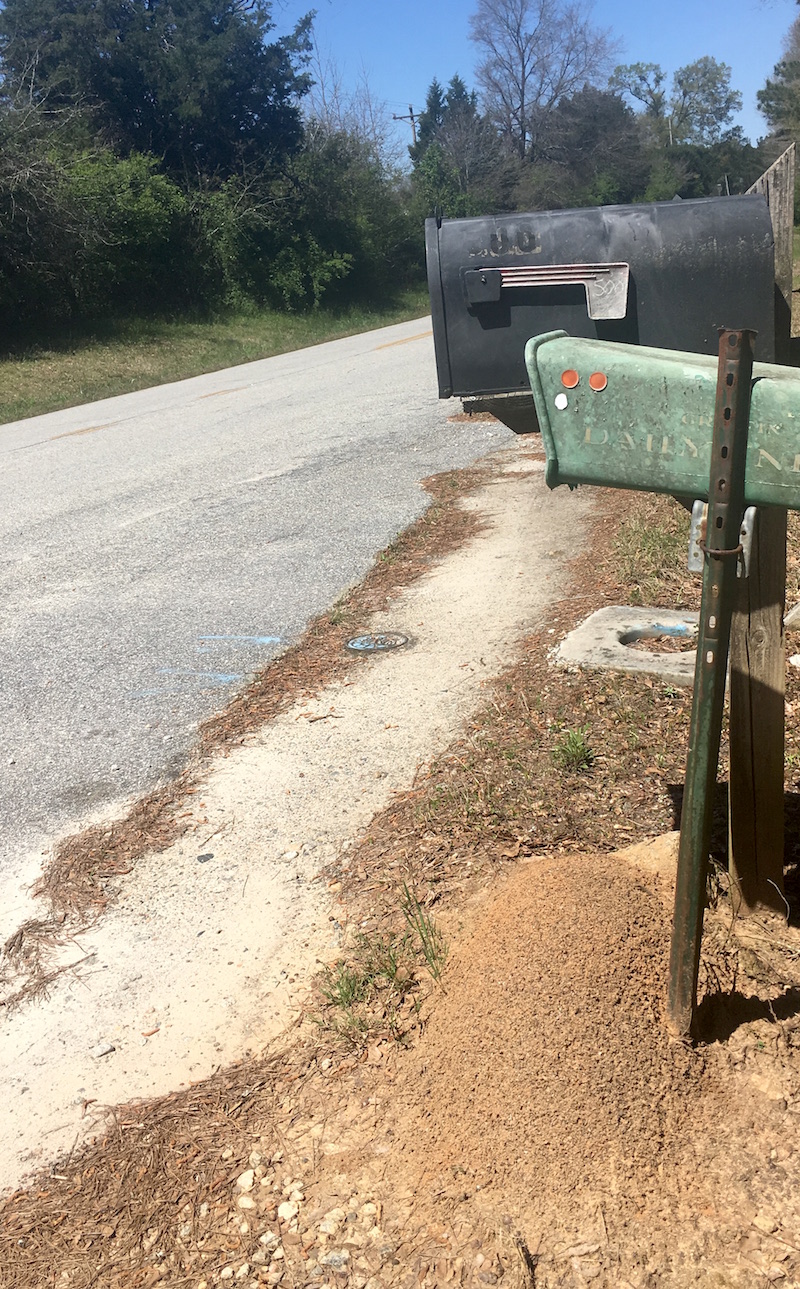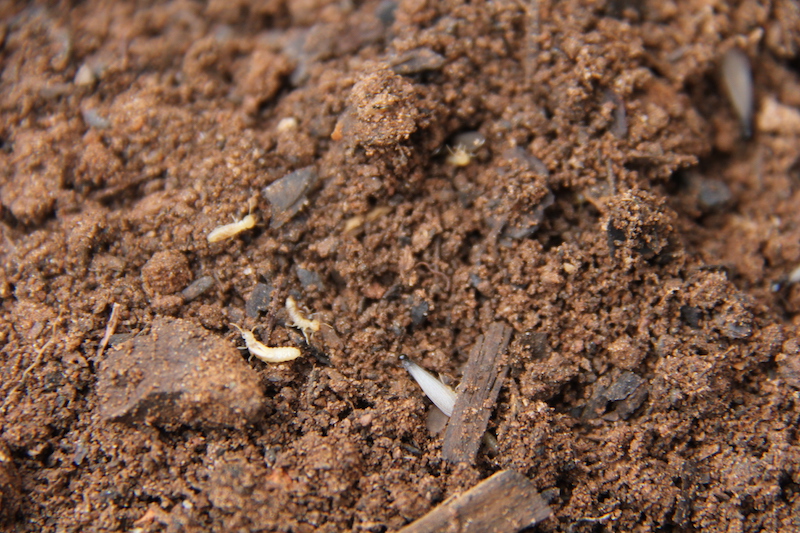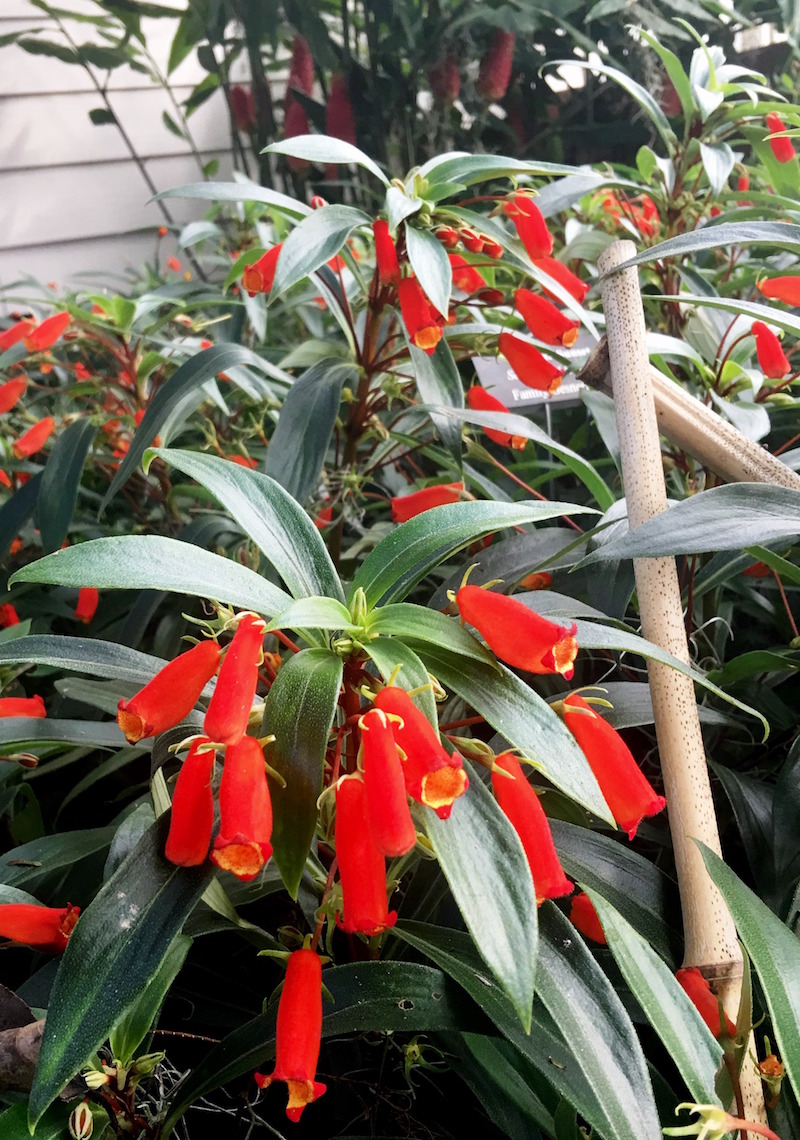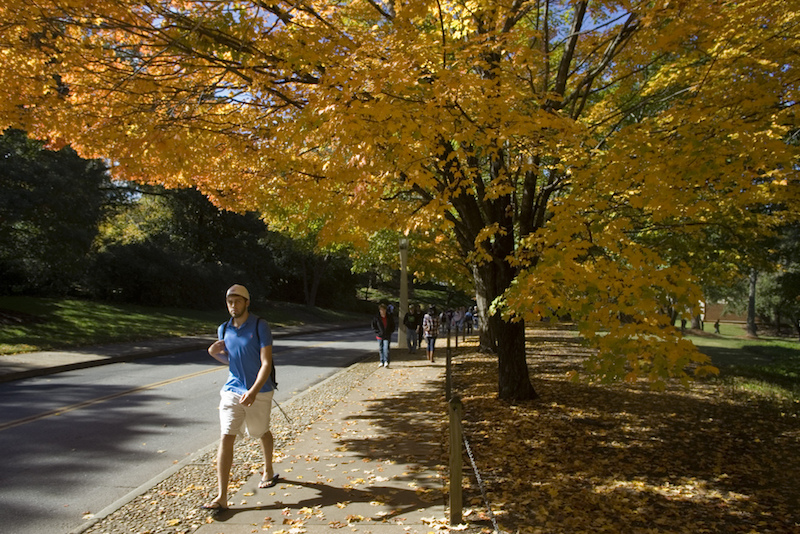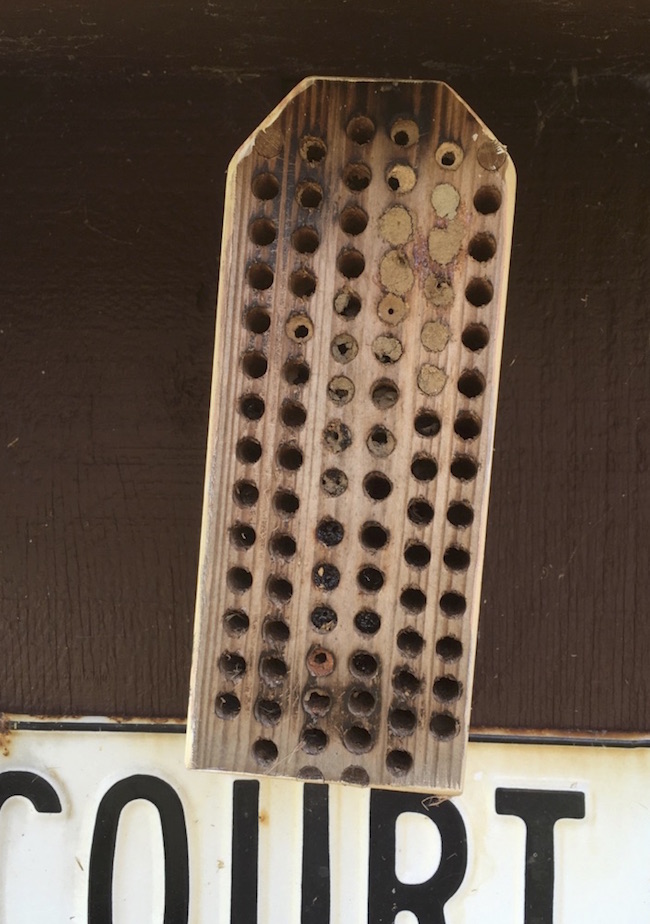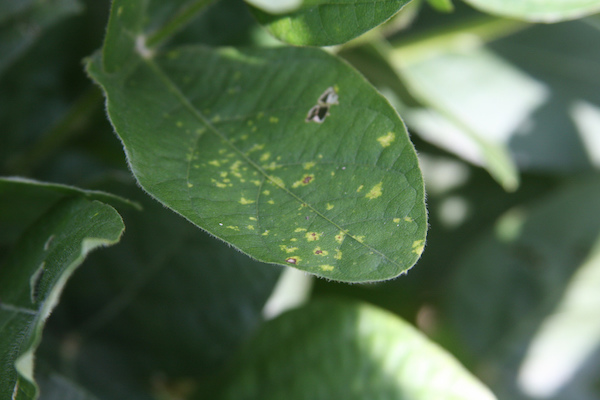 CAES News
CAES News
Turf & Ornamentals
The University of Georgia Turfgrass Research Field Day is set for Thursday, Aug. 9, on the UGA campus in Griffin, Georgia. This year, two optional, interactive sessions especially designed for landscape experts will follow the field day.

